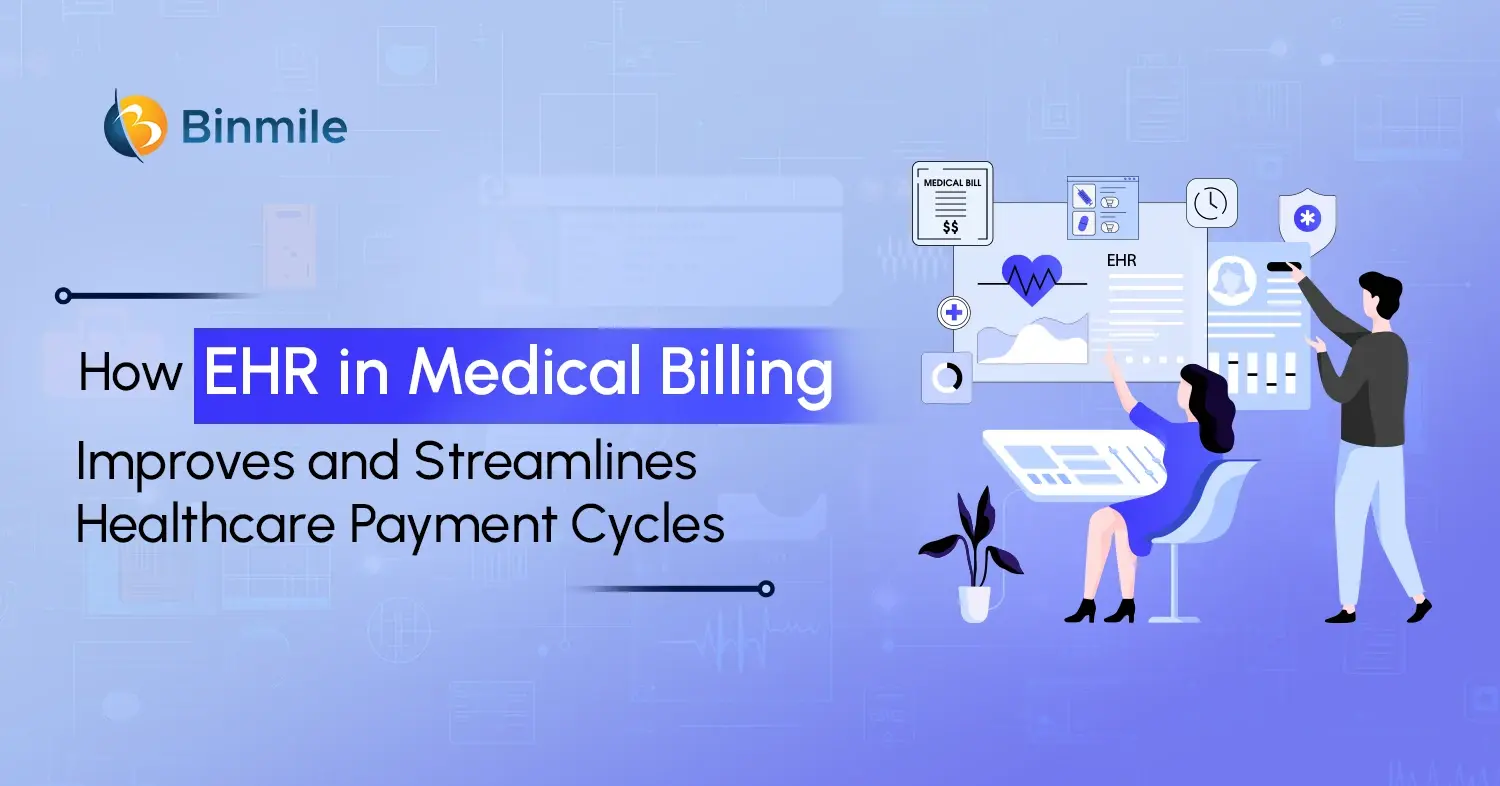The timing of testing initiation matters the most in any software development life cycle (SDLC). Starting testing procedures at a late stage in the SDLC brings disastrous results. That is why it is vital to do the testing part as early as possible. The “shift left” testing movement directly pushes testing people and managers toward the early stages of software development. Early and frequent testing lets testers reduce bugs and increase code quality. The shift left testing approach ensures that you will find no critical bugs in the deployment phase. This approach brings smart results for testing teams, managers, and software product owners. Read the content to know about the visible advantages of adopting the shift left testing approach in advance. Also, read how this approach influences software development.
Tangible Benefits of Shift Left Testing
The ‘Shift left’ approach supports collaboration between teams early in the phase of software development. It lets them understand the requirements clearly and design the test cases for fixing all the failures at the earliest. The Shift Left approach involves the testers much earlier in the software development life cycle. As a result, teams understand the requirements, software design, architecture, coding, functionality, tough questions, etc. Here, testing teams come up with lots of queries for customers, business analysts, and developers. They can also seek clarifications and provide feedback. This development enables testers to get total knowledge about the product and design real-time scenarios to identify defects even before coding is done. Some of the tangible benefits of shift left testing for teams include:
- Developers can quickly test code via continuous integration (CI) and test automation.
- It enables teams to fail fast and fix fast.
- It reduces code instabilities and increases developers’ efficiency.
- Teams can find costly defects sooner.
- Teams structure the entire testing scope for their projects.
- Teams to advance their SDLC toward continuous testing and the CI/CD pipeline.
- This approach helps teams to save time and money.
- The higher quality product increases customer satisfaction and improves business outcomes.
Also Read: Benefits and Challenges of Shift Left Test in the SDLC
How Does the Shift Left Approach Influences Software Development?
There are lots of ways through which shift left approach influences software development. Check out the following vital points concerned with the shift left approach.
- The Shift Left approach focuses on involving testers in all critical stages of the program. It enables the testers to focus on both defect detection and defect prevention to drive the business goals.
- The approach gives high importance to testing that defines the roles and responsibilities of the testers clearly.
- The Shift Left approach in testing also inspires testers to accept test-driven development (TDD) and behavioral-driven development (BDD); both are vital in preventing defects induction.
- The unique approach renders testers an opportunity to design the tests first. These tests prioritize customer experience and their expectations to develop the software, meeting immediate customer needs.
- This approach lets developers take code ownership and augment their testing responsibilities.
- With increased responsibility, the software testing team proactively works with the team right from the initial stage. It gives birth to an effective testing strategy that relies on Test leadership and long-term visions of the software product.
When we talk about Shift Left Testing in Agile, this approach supports the formation of Agile Scrum Teams that includes Testers in other roles and Testers in regular stand-up calls, review meetings, and other interactions. This way, testers get more data and involve in software analysis and product feedback for defect prevention in the software. This testing approach demands testers to ‘Get Involved Early’ as fast as possible. It also affects the value of final deliverables by identifying risks and mitigating them in advance.
Read More: Latest Software Development Models
Summing Up
The above content clarifies that the shift-left testing process is a great way to detect the defects early so that you can reduce project costs. When you test a software product frequently, it reduces testing defects in the end. It is also vital to improve time to market and automate everything. This approach stimulates you to concentrate on customer requirements and improve the overall customer experience. When you opt for the best tested and bug-free software products, a professional end-to-end software development services helps you get a competitive edge.
The ‘Shift Left’ concept has brought a big change in the entire ‘Testing’ role. Primarily, the main motto of the testing was on Defect Detection. The unique part of testing with ‘Shift Left’ approach is on Defect Prevention. Consequently, the Tester focuses on software quality and time to market.









